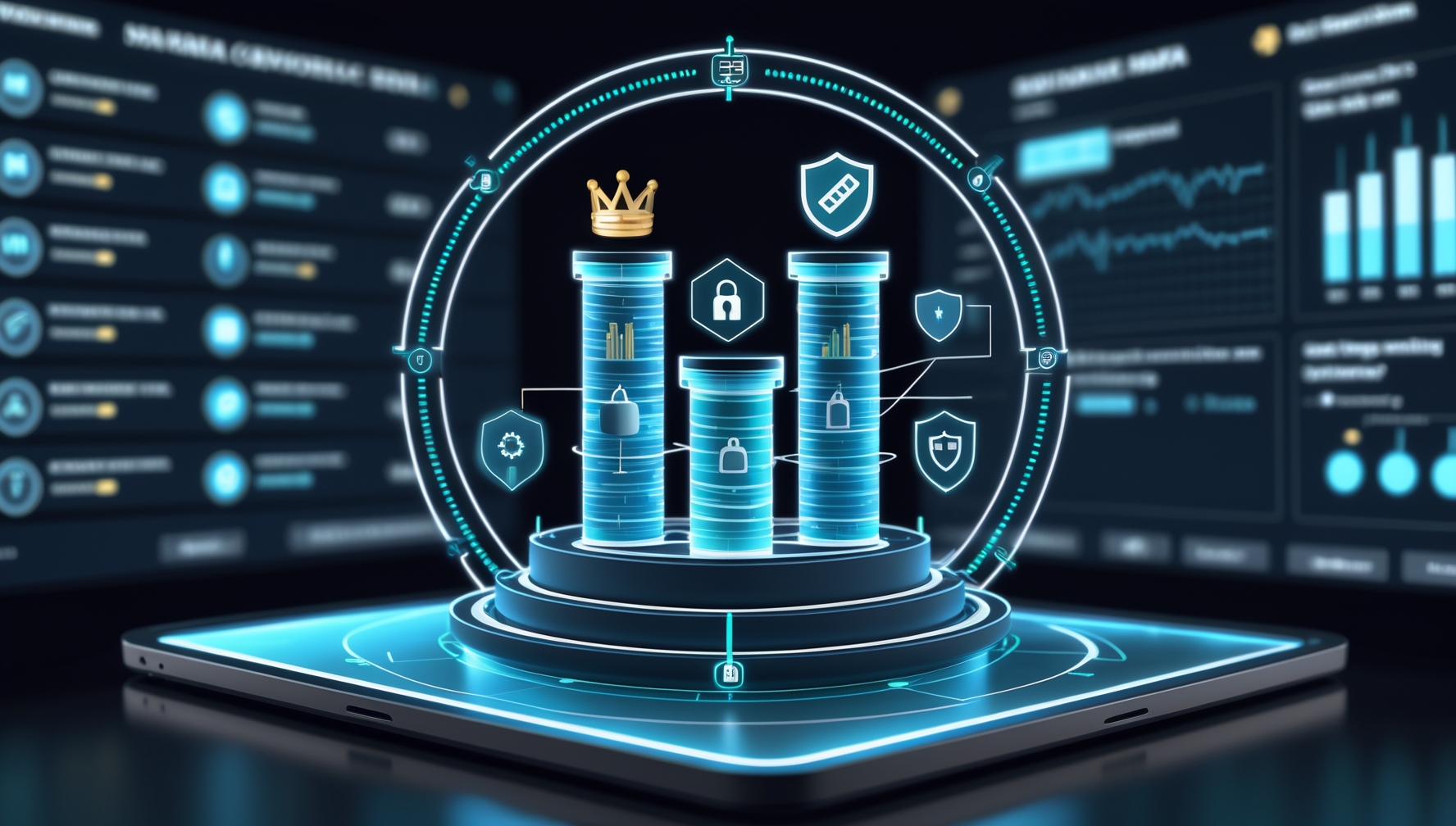This is a model for data governance. CIOs can use this framework to create or modify the data governance in their enterprise. (50+ pages)
Data is the new currency; organizations are inundated with vast volumes of data every minute. This explosion of data, while a goldmine for insights, introduces complex challenges related to quality, privacy, and compliance. Mismanagement of this crucial asset leads to operational inefficiencies and can result in substantial regulatory fines and a tarnished brand image.
Many enterprises struggle with disjointed data governance structures that fail to cope with the complexities of modern data ecosystems. These traditional systems, often siloed and lacking comprehensive standards, lead to inconsistent data quality, security vulnerabilities, and regulatory non-compliance. Furthermore, without a unified governance model, organizations face increased risks of data breaches, resulting in lost customer trust and potential revenue decline.
Imagine a scenario where critical business decisions are made based on inaccurate data, leading to detrimental outcomes and missed opportunities. Think about the impact of a data breach due to inadequate governance, compromising millions of personal records, and the subsequent legal repercussions and damage to your enterprise's reputation. Without a robust data governance framework, you're navigating a minefield, susceptible to these very real threats that can shake your organization to its core.
This holistic data governance model fortifies data security, enhances quality, and ensures compliance. It is a structured framework that empowers CIOs to establish clear governance policies, robust data stewardship, and effective compliance procedures. By implementing this data governance model, IT leaders can institute a unified data governance structure that safeguards data integrity, bolsters customer confidence, and fortifies the enterprise's data backbone against ever-evolving digital threats. With this model, transform your data governance into a strategic asset that drives business value, innovation, and a competitive edge in the digital landscape.
CIOs can utilize this data governance model as a strategic tool to address several real-world challenges they encounter in the realm of data management:
- Data Quality and Consistency: By applying the principles laid out in this governance model, CIOs can establish standard data definitions and ensure data accuracy, leading to more reliable business intelligence and decision-making processes.
- Regulatory Compliance: This model provides a framework to enforce policies that ensure adherence to various data protection regulations like GDPR, CCPA, and HIPAA. By doing so, organizations can avoid substantial fines and legal issues related to non-compliance.
- Data Security and Privacy: The model assists in the formulation of robust security protocols to protect sensitive information, thereby reducing the risk of data breaches and cyber-attacks and safeguarding an organization's reputation.
- Operational Efficiency: By streamlining data governance processes, CIOs can enhance operational efficiency, reducing redundancy, and ensuring that data-related operations are more agile and less prone to error.
- Risk Management: Effective data governance minimizes risk by identifying potential data-related issues before they escalate, allowing for proactive mitigation strategies.
- Cost Reduction: Efficient data governance can reduce costs related to data management, storage, and security by eliminating redundancies and improving operational efficiencies.
- Stakeholder Trust: By demonstrating a commitment to data quality, security, and privacy, organizations build trust with customers, partners, and stakeholders, which is critical to long-term success.
- Data-Driven Culture: This data governance model helps CIOs foster a data-driven culture by delineating clear roles, responsibilities, and protocols for data management within the organization, encouraging data literacy and informed decision-making across all tiers.
In essence, this model can help CIOs revolutionize their approach to data governance, turning challenges into opportunities for growth, resilience, and competitive advantage.

